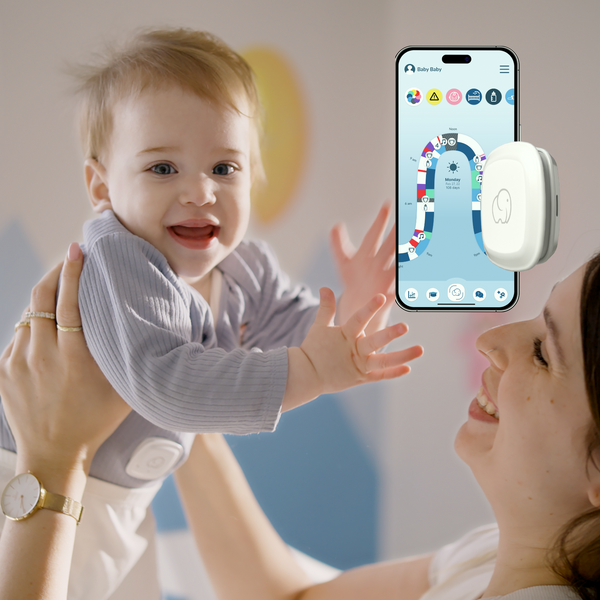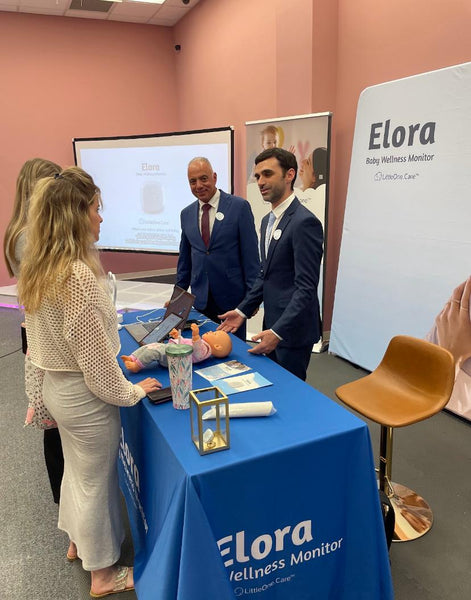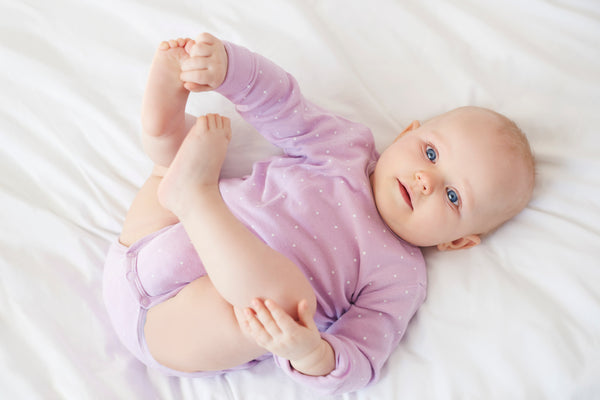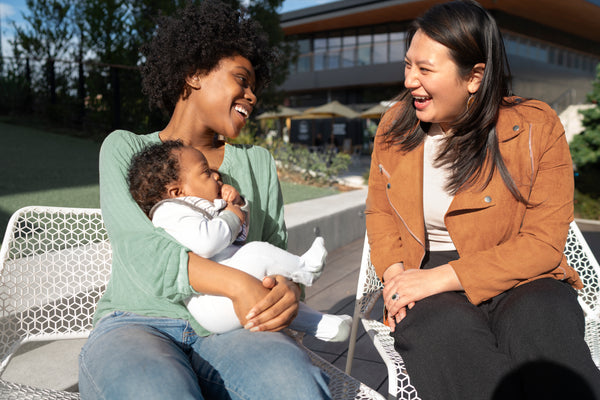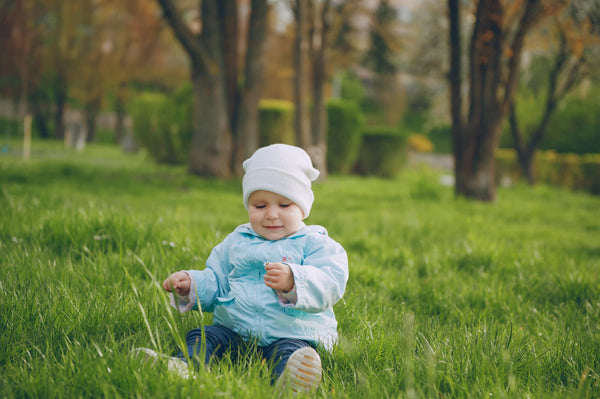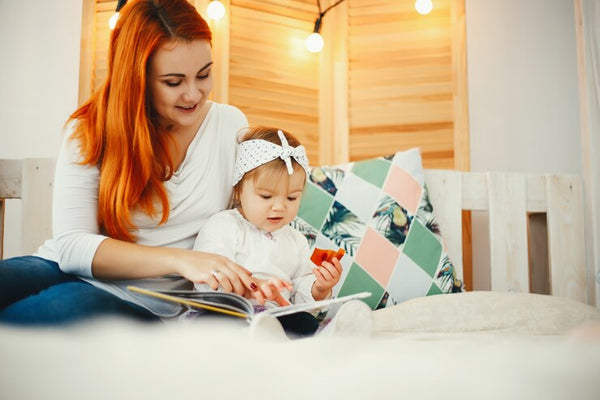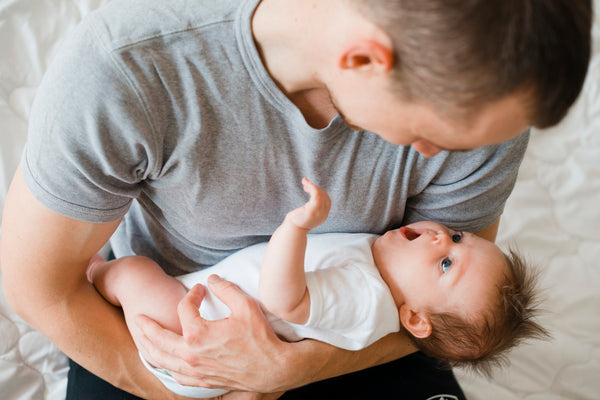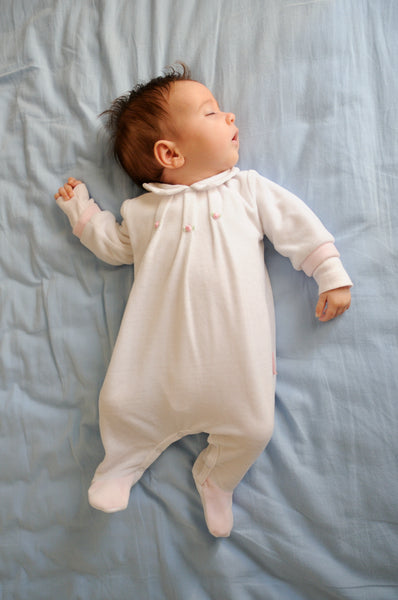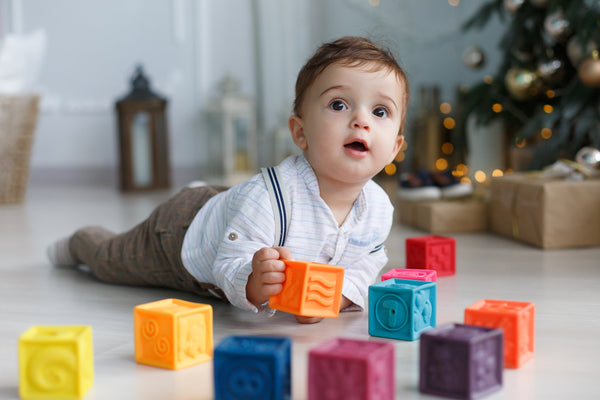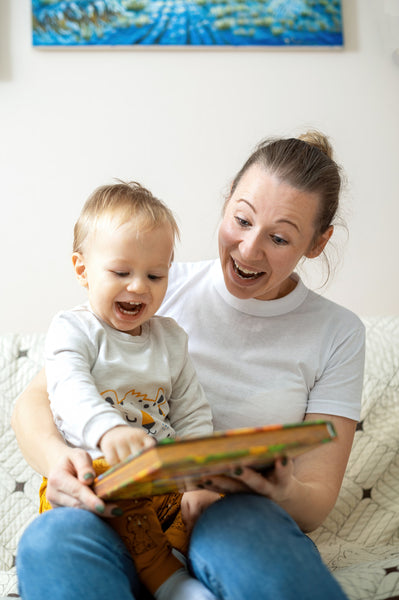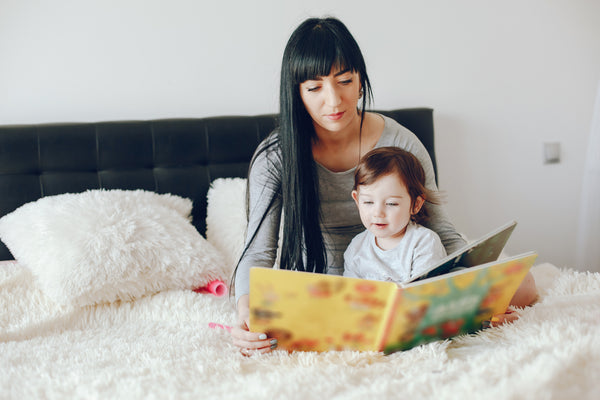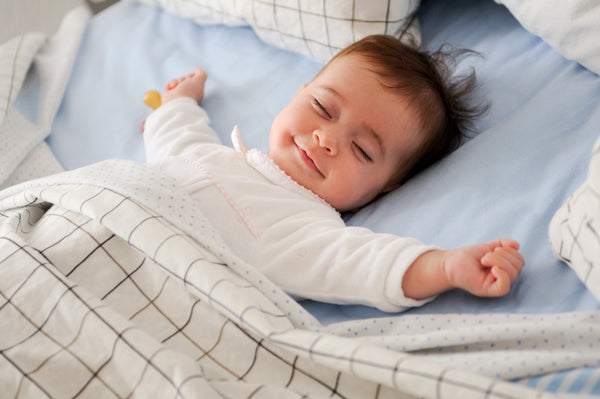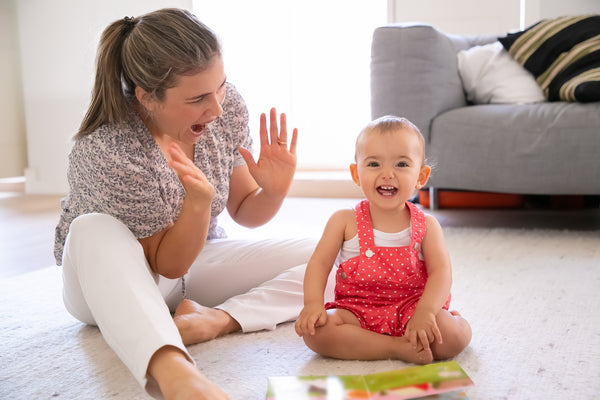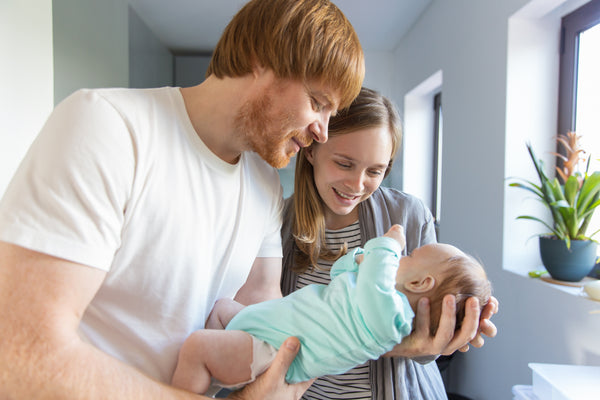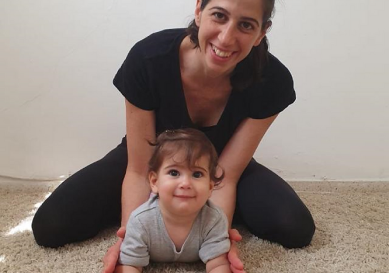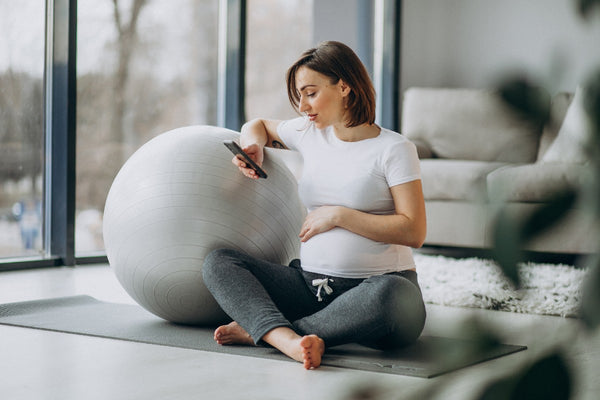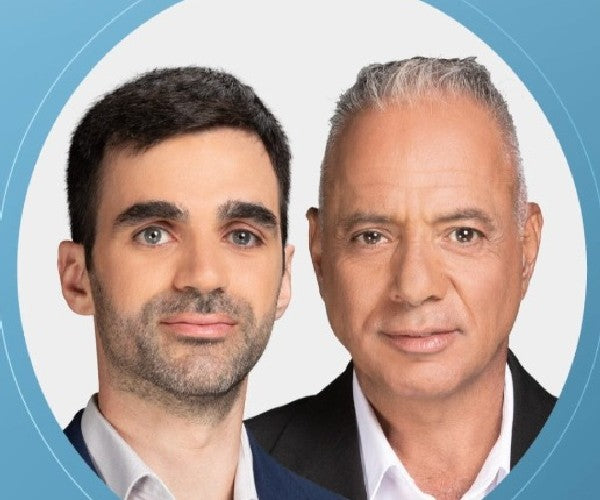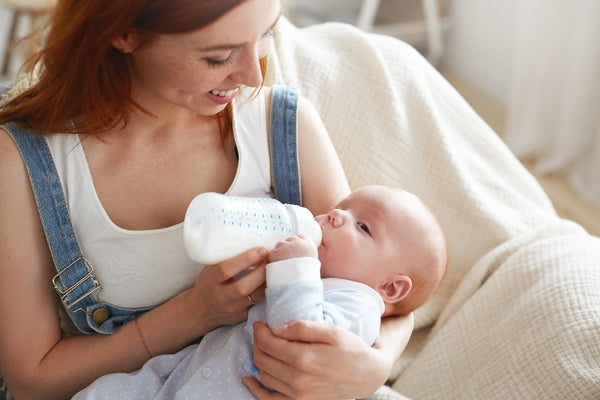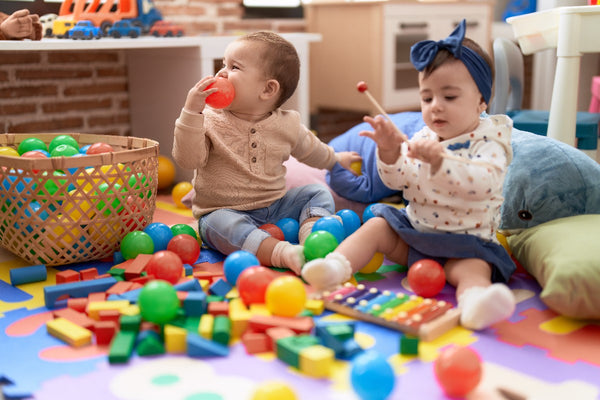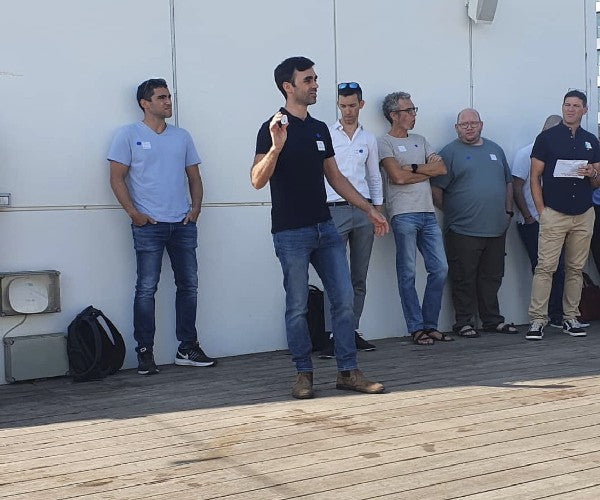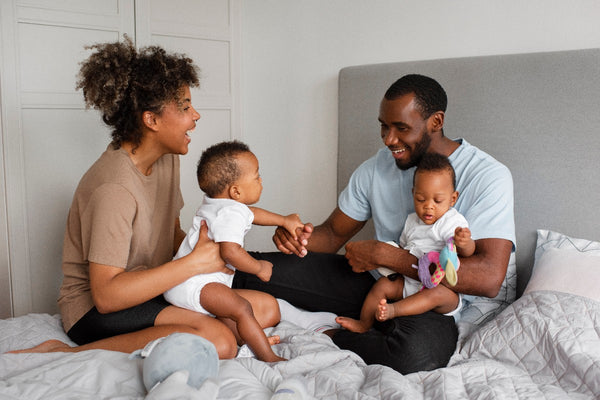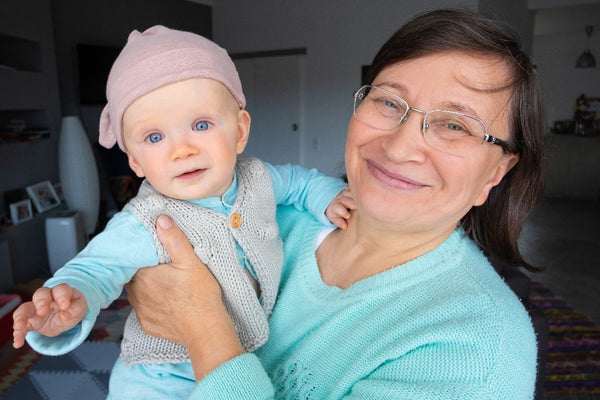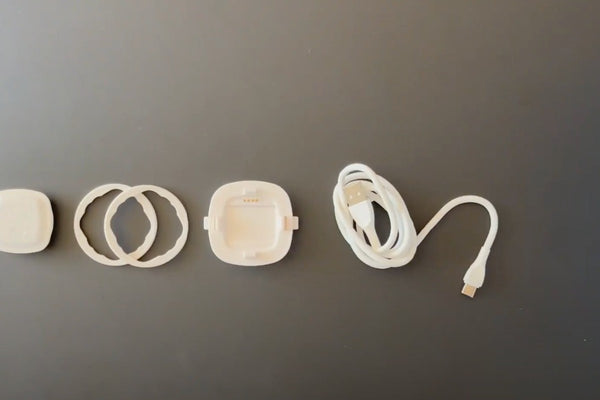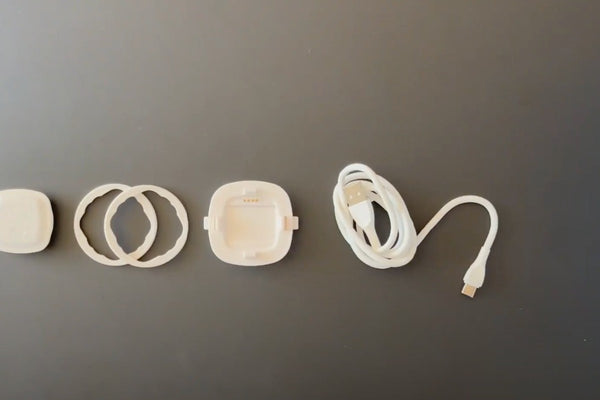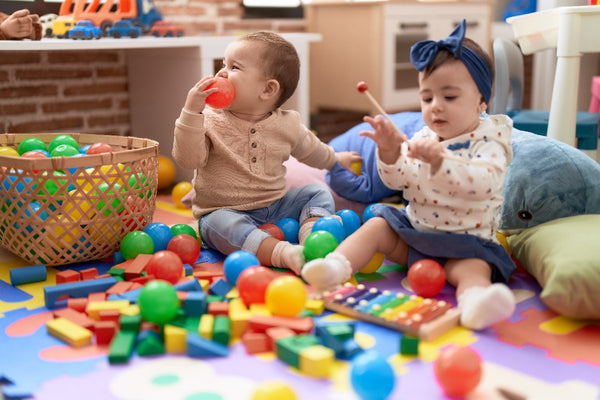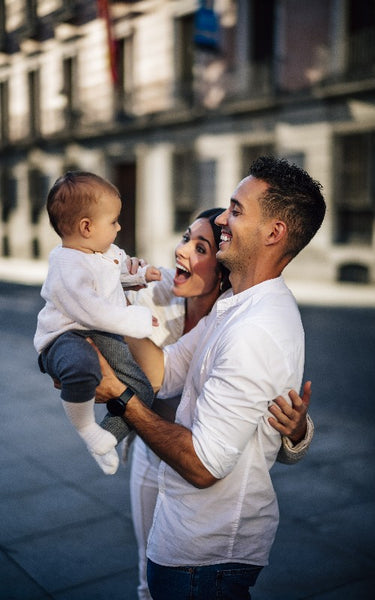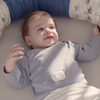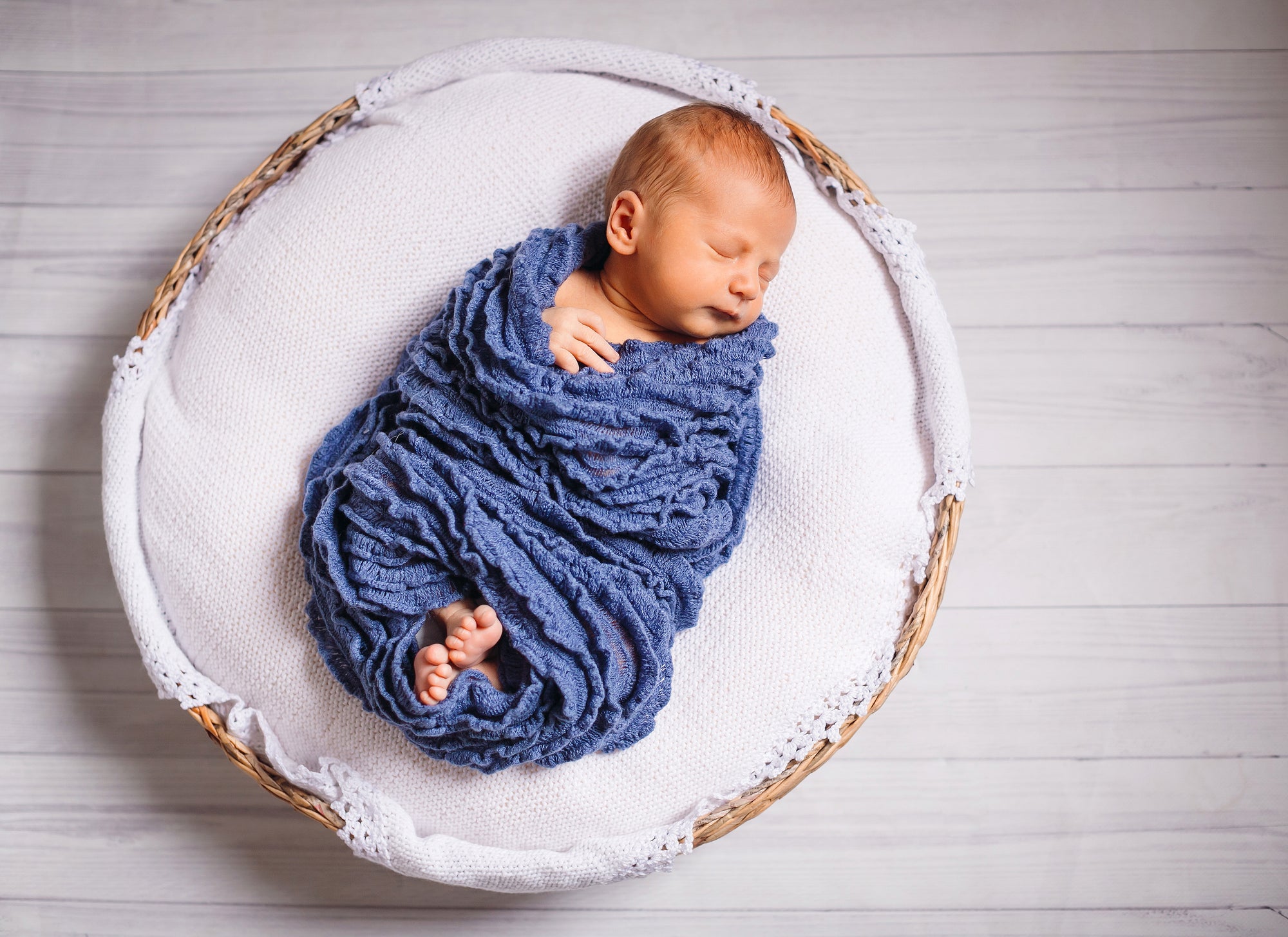
Common Newborn Sleep Facts and Myths
Learn the truth about what sleep patterns and habits you should be looking out for for your baby.
As a parent of a newborn baby, especially a first time parent, it can be difficult to know what sleep habits are normal and what to expect.
We may hear things from friends or family that worked for their baby, but are entirely wrong for yours! From misconceptions to old wives tales, we are here to help debunk common newborn sleep myths and help your baby get the best night sleep possible.
Myth number one: Babies should sleep in a quiet room. This is incorrect, and in fact many very young babies sleep better with a bit of noise around them! The womb is said to be as loud as a vacuum cleaner, so some white noise (about as loud as a shower) may bring your baby back to that soothing atmosphere. Furthermore, sleeping with noise at home allows your baby to adjust when they may need to take a nap on the go, and makes it less likely for them to wake up with a sudden noise like a truck outside or dog barking. However, if someone gets too loud with your baby before bedtime, your LittleOne.Care smartwatch will send an alert to be aware.
Myth number two: Babies must sleep in their own rooms. Fact: Babies do not need to have their own independent room because they are, in fact, not independent. At least not as a newborn.The American Academy of Pediatrics recommends that babies sleep in a crib in their parents room (ALWAYS on their backs) for at least the first six months. Having your child sleep in a different room can pose a variety of issues and inconveniences, from long walks across the house for feedings and diaper changes, to missing possible emergencies and unsafe sleep practices. Also, if you sleep in the same room as your baby, you will easily be able to hear any emergency alerts coming from their LittleOne.Care smartwatch, such as if they stop breathing.
Myth number three is a classic saying: You should never wake a sleeping baby. There is a sleep training method called “wake and sleep” which teaches your child how to self-soothe when they inevitably rouse in the middle of the night. In short, first you swaddle, put on white noise, feed, and burp your baby and let them drift to sleep in your arms. Then, once they appear asleep, lay the baby safely in the crib, and right after softly rouse or tickle them until they are barely awake. After a few seconds, because they were so recently in a sleepy mood, they should drift back to sleep. This method of “wake and sleep” accustoms your baby to falling back asleep without being fed or held immediately before.
Now that we have debunked some common newborn sleep myths, let us share a fact with you: the Elora Baby Wellness Monitor is the premier baby monitoring system to help your newborn sleep safe and sound. The Elora detects a baby’s sleep motion, sleep and wake patterns, and alerts for any falls, sudden movements, or unintended tummy sleeping to protect against SIDs. More so, our dedicated team of baby experts are here for you through the app to help debunk any more myths and answer any questions or concerns you may have with your newborn. We know having a new baby can be stressful, let Elora help.
Source:
